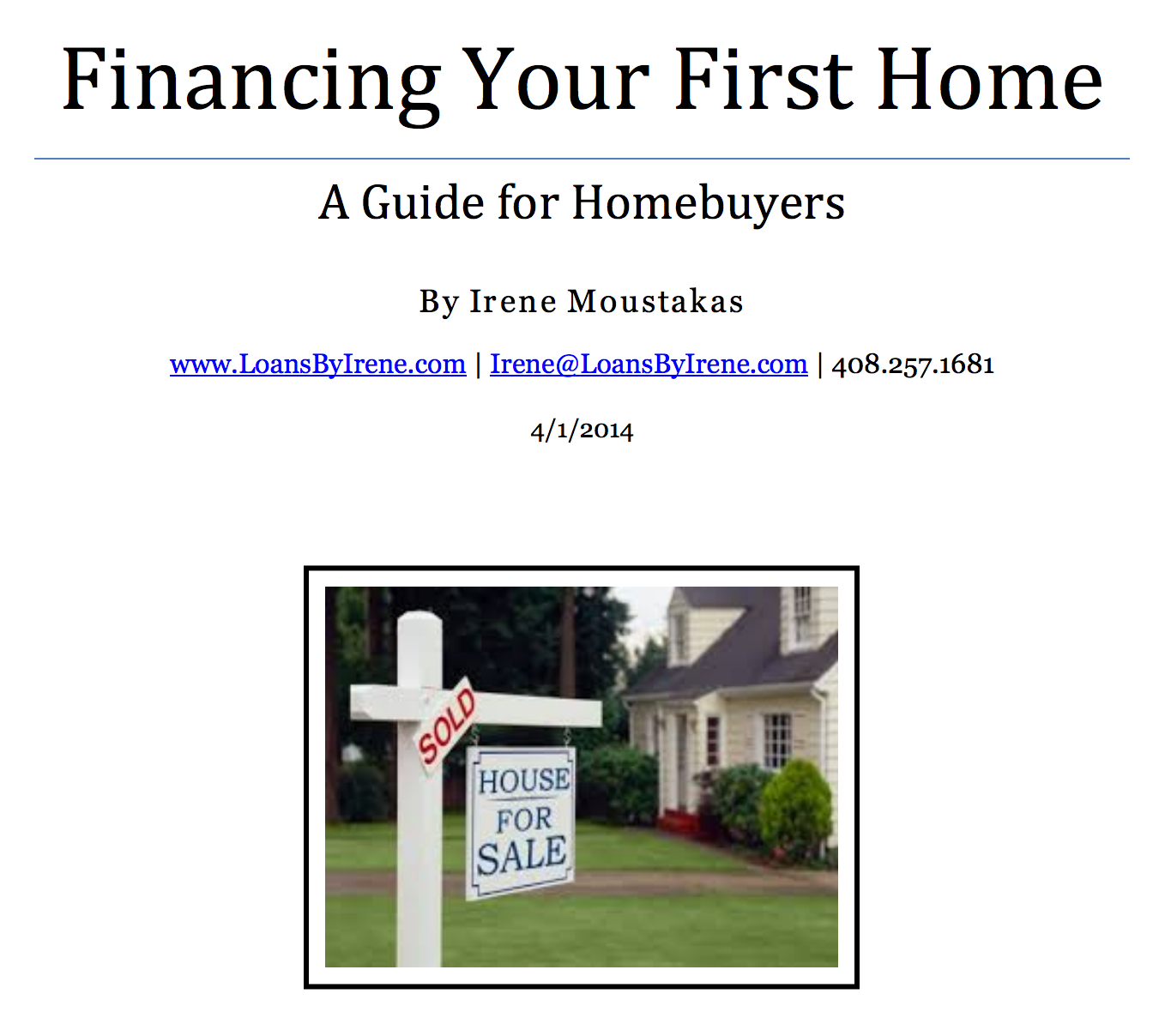If you purchased your home with less than 20% down payment on a Conventional loan, you were required to purchase Private Mortgage Insurance (PMI). PMI is a cost that protects the lender in case you default on your mortgage (stop making payments). Lenders are required to remove PMI once you reach 78% Loan-to-Value ratio of your original appraised value. So if you purchased your home for $600,000, once your loan balance reaches $468k, the lender is required to remove it. However, depending on your initial down payment, this can take many years to attain.
If you have the opportunity to remove PMI from your total housing payment, you should jump on it. Here are the typical conditions required in order to eliminate it in full:
Contact your mortgage servicer (the company you are making your payments to) and ask them about their specific process and requirements. Most servicers require you to make PMI payments for a minimum of 2 years, regardless of equity reached. Once that 2-year mark has passed,
- Refinance. Assuming this makes sense at current market rates, you can immediately refinance if you have reached 20% equity to remove the PMI.
- Requesting directly through your servicer:
- You must request it in writing
- You must have been current on your payments
- You may have to get an appraisal to prove you have 20% equity (they may require sending out their own appraiser, so do not just order one from someone you know).
PMI is typically a couple hundred dollars a month, depending on your original loan amount, credit score, and down payment. This would be immediate savings for you, or even better, something you can divert to paying down on principal instead.


